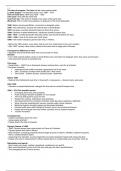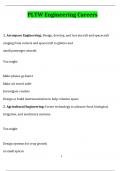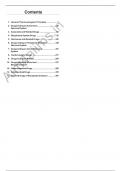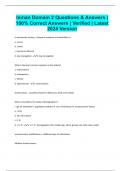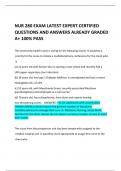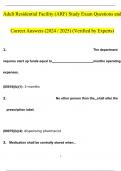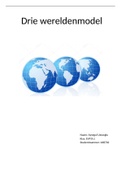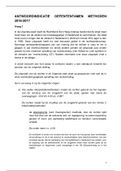Resume
Gescheideniswerkplaats- 3VWO - Hoofdstuk 1 De eerste wereld oorlog - samenvatting - ENGLISH
- Cours
- Type
Samenvatting van geschiedeniswerkplaats Hoofdstuk 1 De eerste wereld oorlog. Geschikt voor 3vwo TTO leerlingen. LET OP DEZE SAMENVATTING IS IN HET ENGELS. De nederlandse versie is ook beschikbaar, zie andere samenvattingen.
[Montrer plus]
